ITINERARI IN AUTO, TRENO E BUS
This is one of Romagna’s richest towns from the point of view of history. It was the ancient Capital of the Umbrians before being conquered by the Romans in 266 BC and was the birthplace of the great Latin playwright Titus Maccius Plautus. The main square, located in the site of the former forum is now dedicated to Plautus, and is dominated by the magnificent Cathedral, founded in 1008.
La Verna is a place for the spirit and a wonderful area, as well. It can be reached following E 45 to Pieve Santo Stefano and then taking State Road SS 208 ascending toward Chiusi della Verna (km 42). A deviation leads to La Verna Sanctuary. La Verna is reached from any direction. The morphology of the mountain where the Sanctu-ary rises strikes the eye: an isolated cliff emerging from the forest with almost vertical edges and rocky rags.
Sansepolcro rises on the bottom of the valley in an flattened amphitheatre crossed by the Ti-ber river. Walking across the historical centre, surrounded by the walls, one can discover, besides pretty shops, that the scenic urban plan has never changed in the run of centuries. The geometric and regular city plan is dominated by the outline of tower-hoses and bell-towers; straight roads meet the narrow medieval lanes often decorated by roof-gardens. Roads and squares are crowned by im-posing aristocratic buildings, coloured according to the Tuscan taste. Side roads were formed by rows of fine bourgeoisie houses. The charming city plan is characterised by sandstone and brick buildings.
Ridracoli, the most distant village within the municipal area of Bagno di Romagna, is home to just 16 people. The heart of this once populous parish was located in Ponte a Ridracoli where, in addition to the nineteenth-century bridge, there once stood a church, a school, a cemetery, a mill and an inn.
The "blue vision of San Marino" can be enjoyed everywhere from the Romagna seaside belt. The state has a great geographical and architectural relevance and rises on a rocky mountain whose outline can unmistakably be identified from Romagna to Marche.
In less than an hour the comfortable E 45 leads to Ravenna sheltering the most beautiful mo-saics of gold in the world: the western and eastern Byzantine styles blended here. Ravenna can be seen at great distance thanks to its bell-towers made of red bricks and decorated by windows
Galeata is a small town in the Valle del Bidente rich in history and monuments. The Palazzo del Podestà, with the civic tower and the Florentine ‘marzocco’ (heraldic lion symbol of Florence), stands on the characteristic arcades.
Following the scenic State Road SS 71 toward Passo Mandrioli that leads to the Casentino, the Camaldolian Monastery can be reached. Spirituality and culture have ever been present in the convent complex formed by monastery, church and guest-rooms. It was established in the eleventh century by St Romualdo in a scenic ravine among the mountains, rising in the heart of the Casentino Forests.
At 15 kilometres from Sansepolcro, Città di Castello is reached following the E 45 south-wards. The upper Tiber valley is close since it is in Umbria. The Tiber flows by the walls of the town dominated by the cylindrical bell-tower of the Dome and by the high and thin Civic Tower. Many industrial activities are present in the area (typographies, metallurgical and mechanical in-dustries, furniture industries) besides art and architecture treasures.
Chief town of the Province together with Forlì, Cesena is an educated, hardworking and hospitable town. Economically lively, Cesena is the capital city of vegetable and fruit - produced in the fertile surrounding plane - daily delivered to the Italian and European markets. Cesena rises only a few kilometres from the sea and from the mountains. Quality shopping is possible in the pretty shops and in the market held every two weeks. In the historical centre, visitors can follow traces and see curiosities, possibly tasting the traditional and inimitable "piada romagnola": a traditional local dish.
Classical example of a medieval village still intact. It is located around the fortress, which houses the Museo diocesano di arte sacra (Diocesan Museum of Sacred Art). Owing to its position on a hill that dominates the plain it is called the "Balcone di Romagna" (Balcony of Romagna).
Assisi owes its worldwide fame to Saint Francis. The double Gothic Basilica was built over his tomb; a shrine of faith and art that can be admired for its frescoes by Cimabue, Giotto, Simone Martini and Lorenzetti. The visit to the city starts from the Basilica, by which it is dominated.
Provincial Road SP 73 leads from Sansepolcro to Arezzo in 35 kilometres, ancient town es-tablished by Etrurian people, untouched inside the walls and rich of remarkable monuments. For those who long to dedicate themselves to the masterpieces of Piero della Francesca in this town, we suggest starting the visit from the upper side of the town, that is from the Medici's Fortress by the Prato, commanding a view of the Casentino and on the gothic apse of the majestic Cathedral.
From Sansepolcro a straight stretch of road (almost intact after five centuries) leads to Anghiari after 7 km, a walled town rising on a hill. Thence an enchanting view of the entire upper valley of the Tiber is commanded. Anghiari still preserves its original city plan and remarkable monuments, such as the noble people houses and minor buildings. Elements and details of the deco-rations are extremely valuable: facades, portals, floors, wrought iron and inlays, wells, fountains, arches.




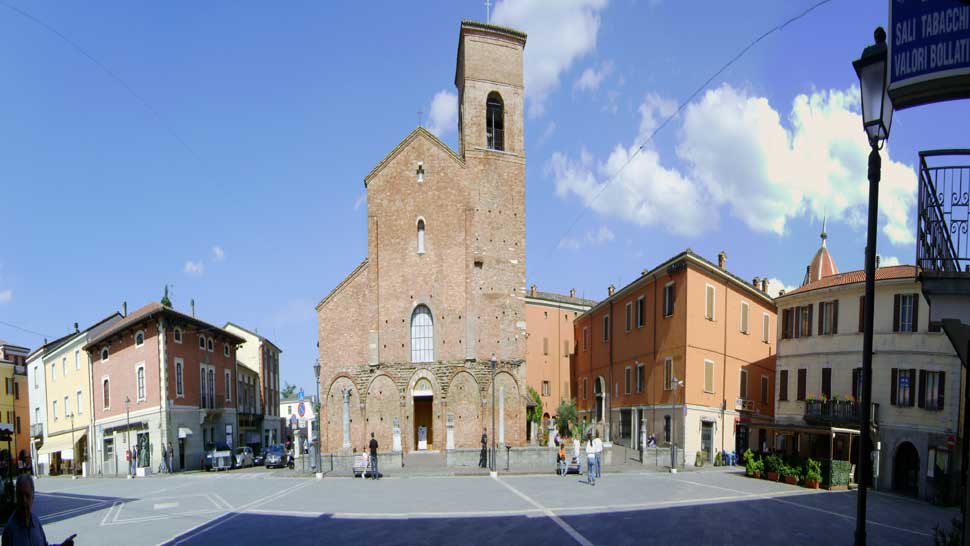
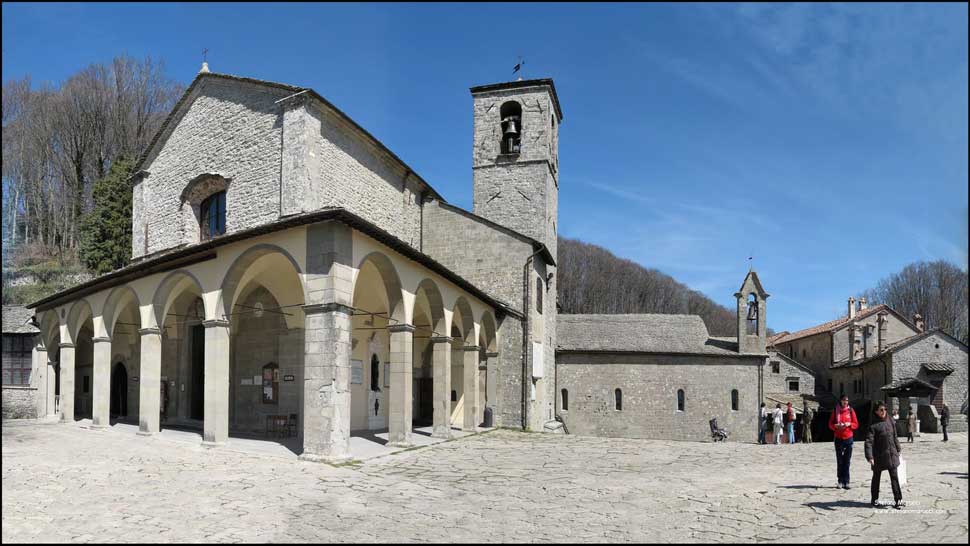
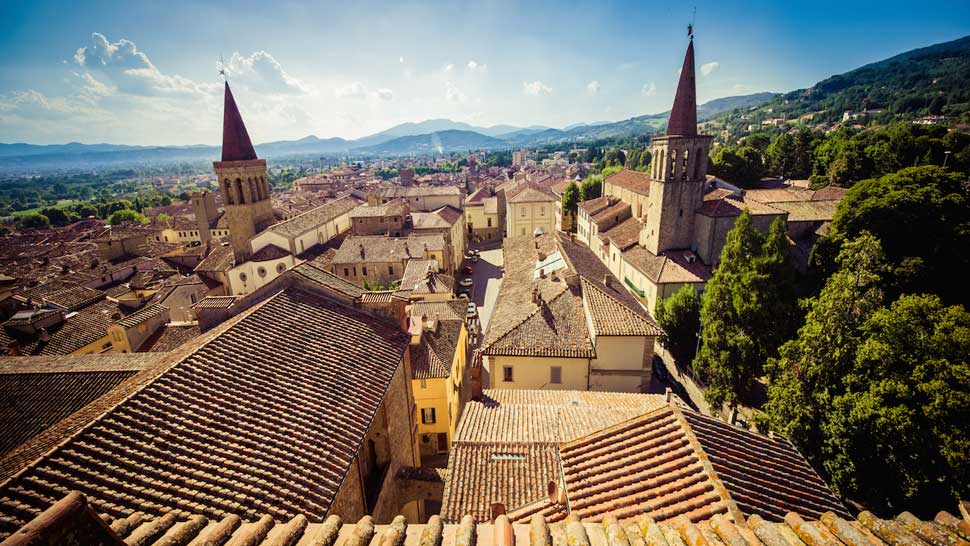
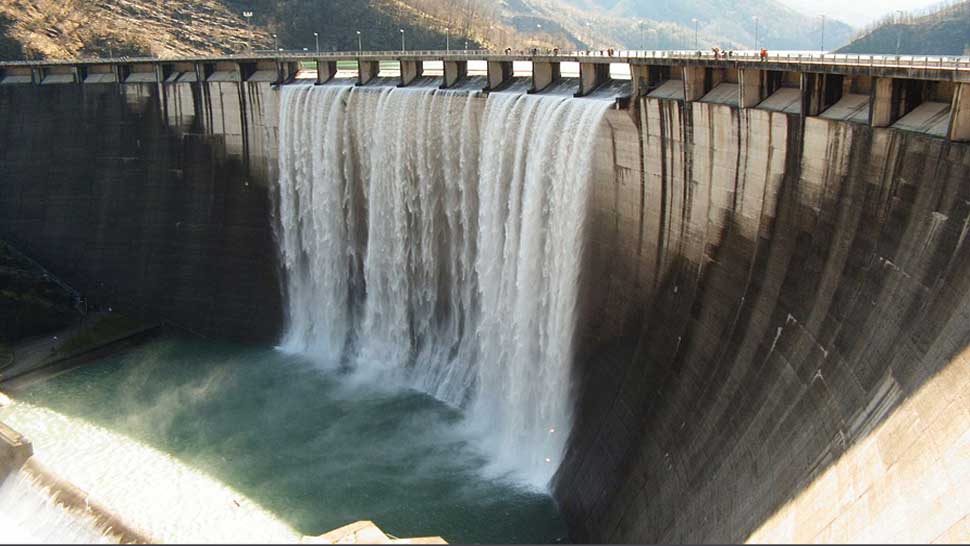
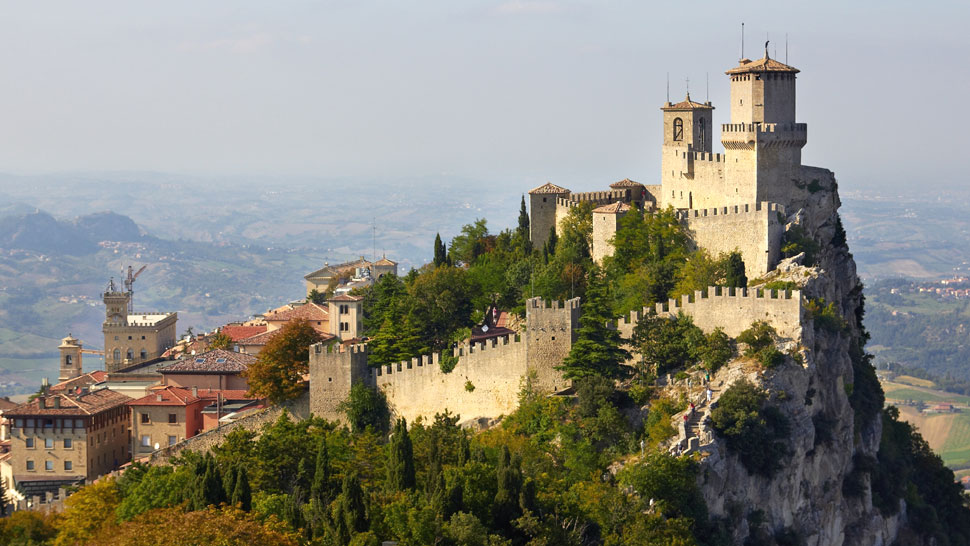
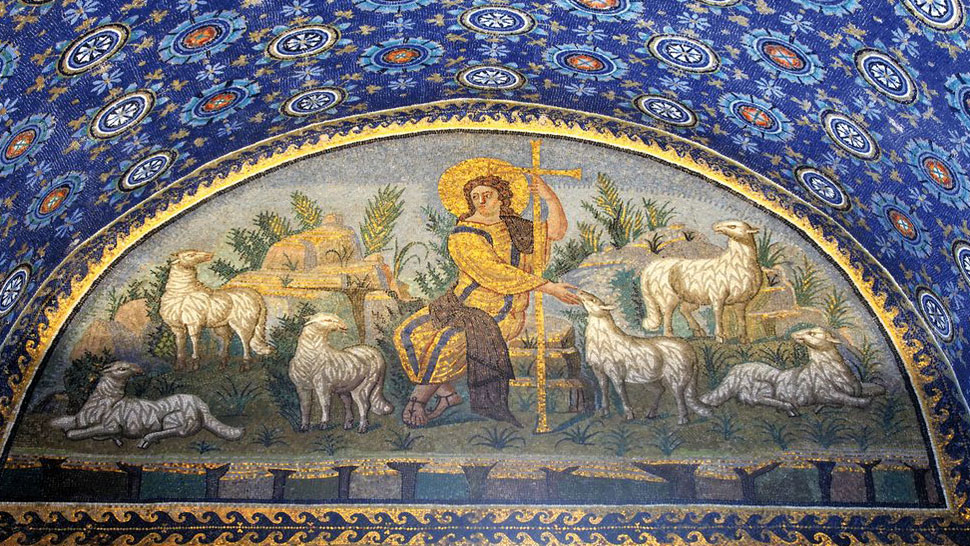
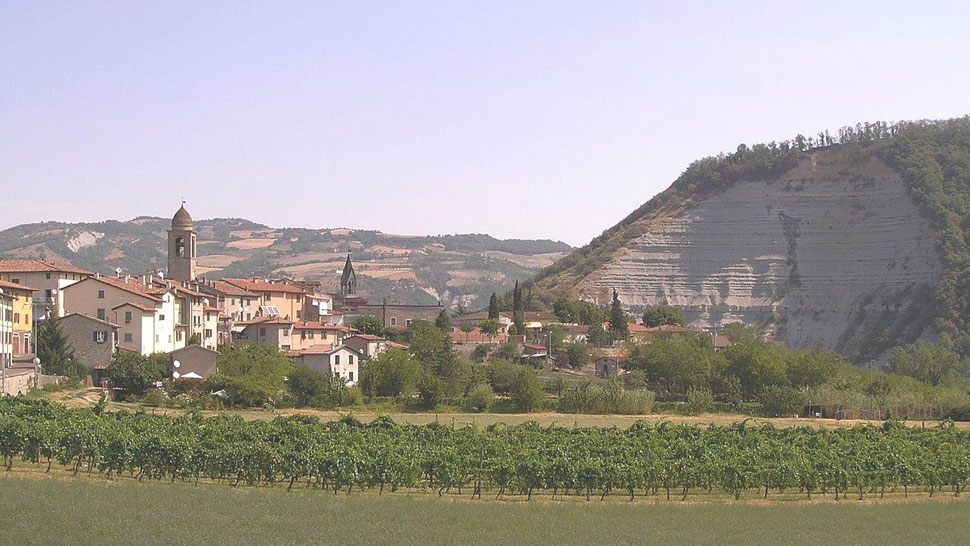
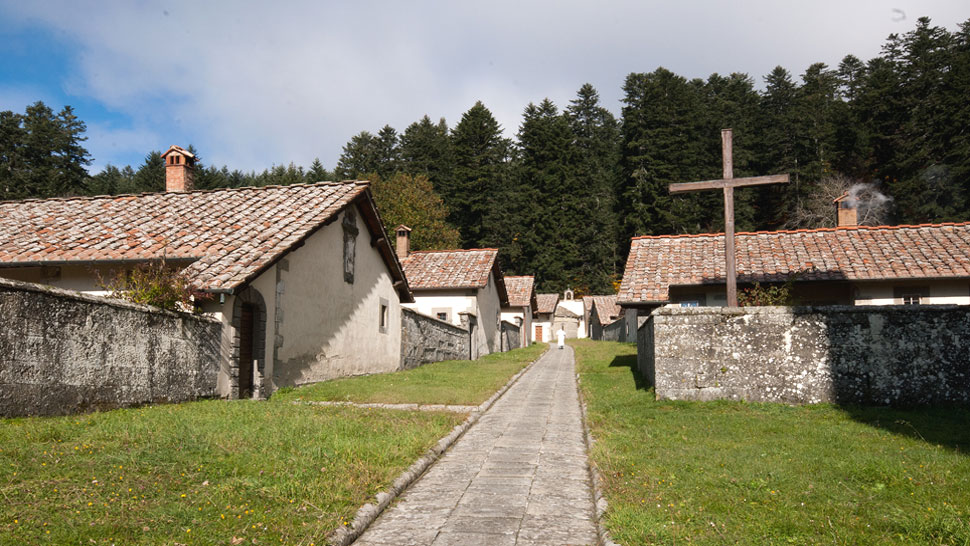
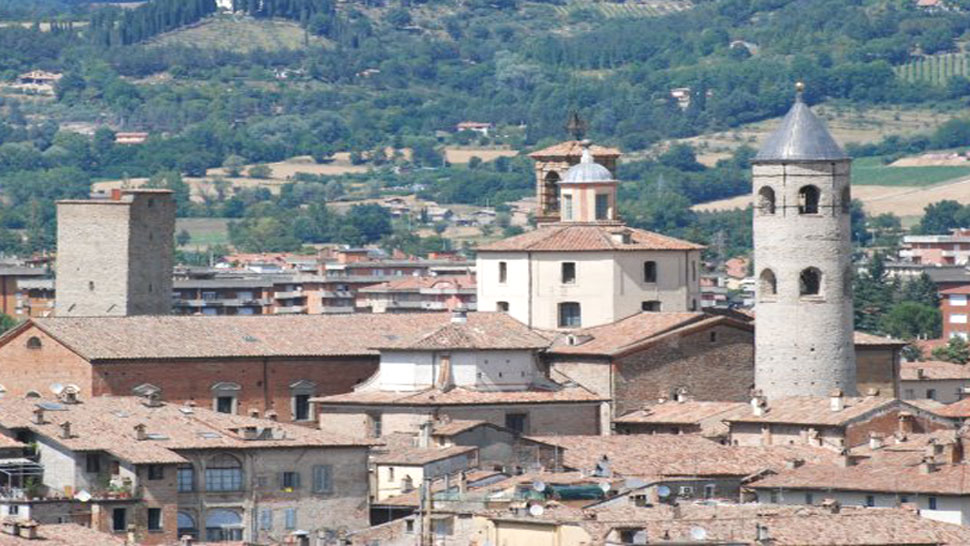
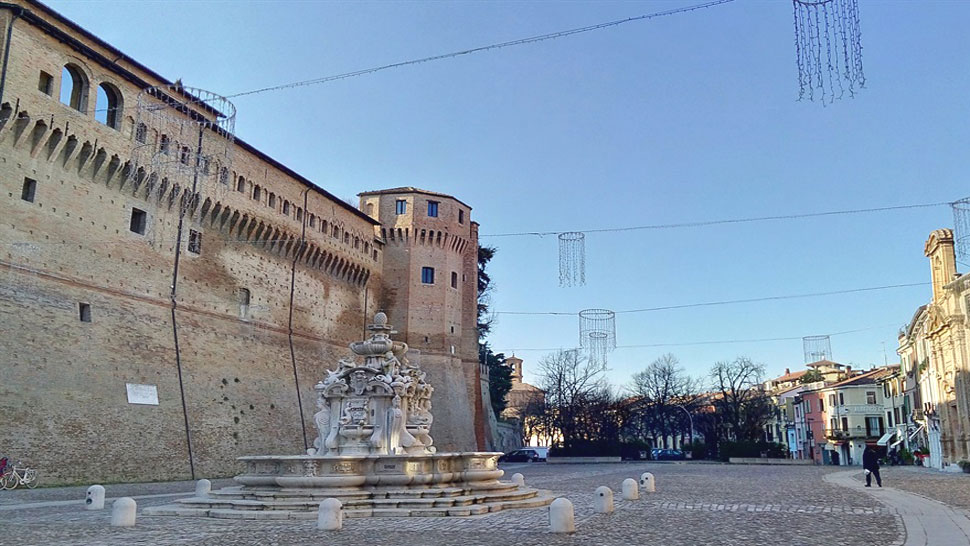

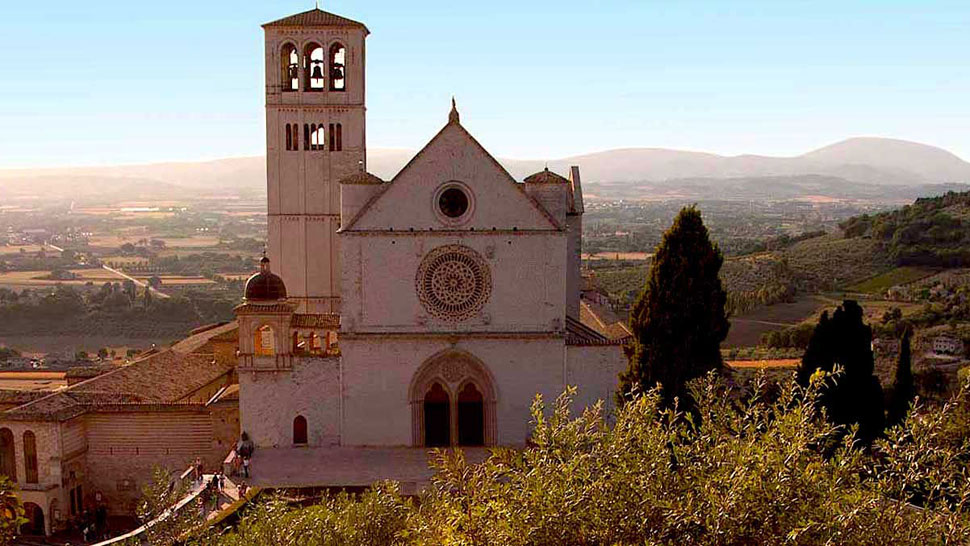
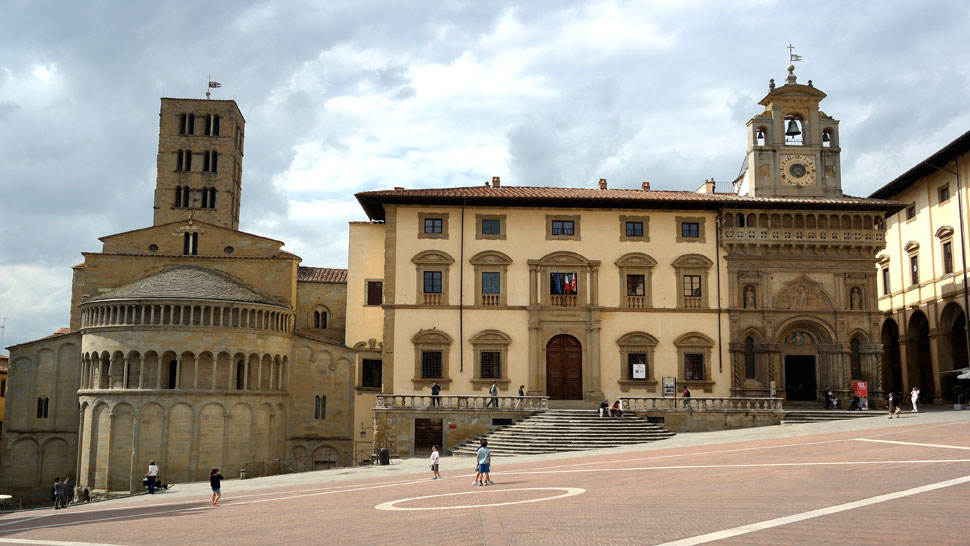
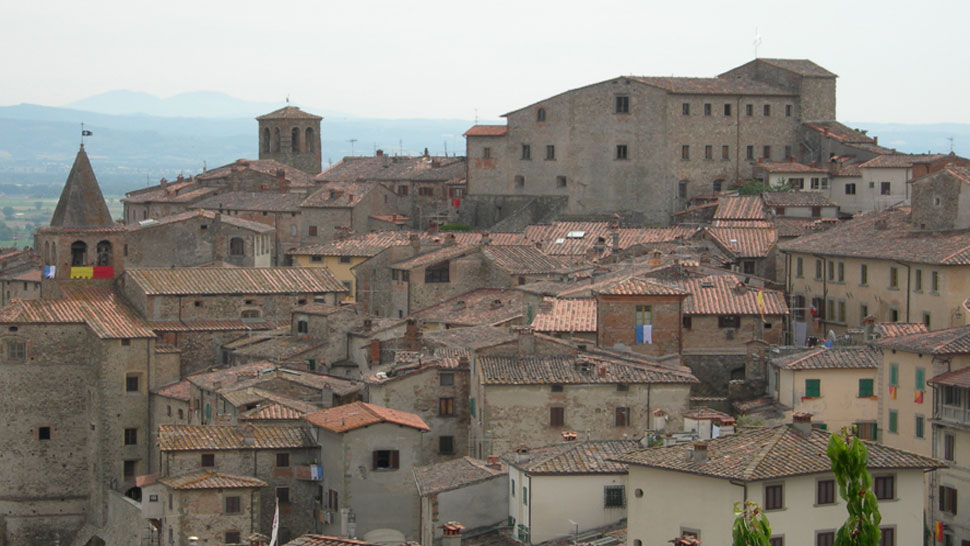








 Facebook
Facebook Instagram
Instagram Youtube
Youtube